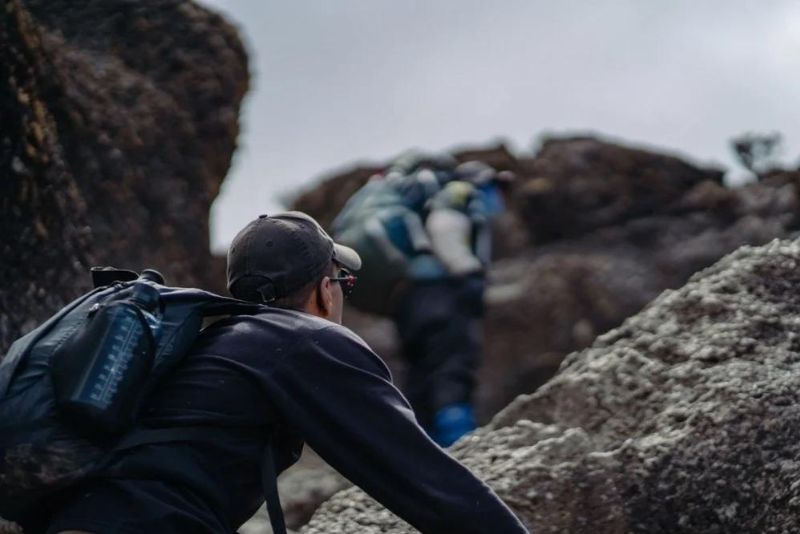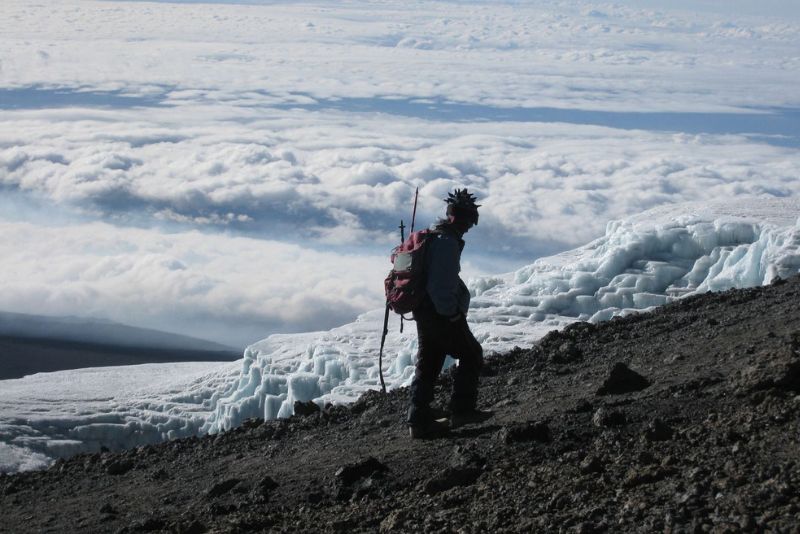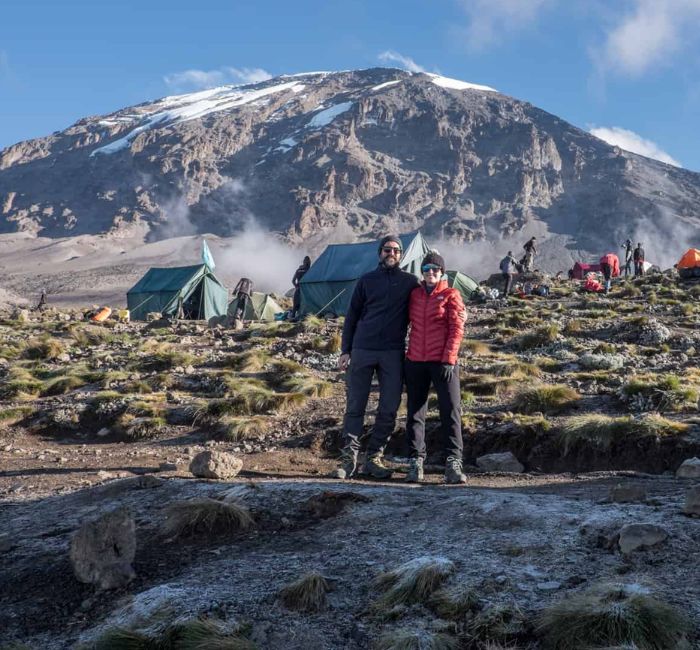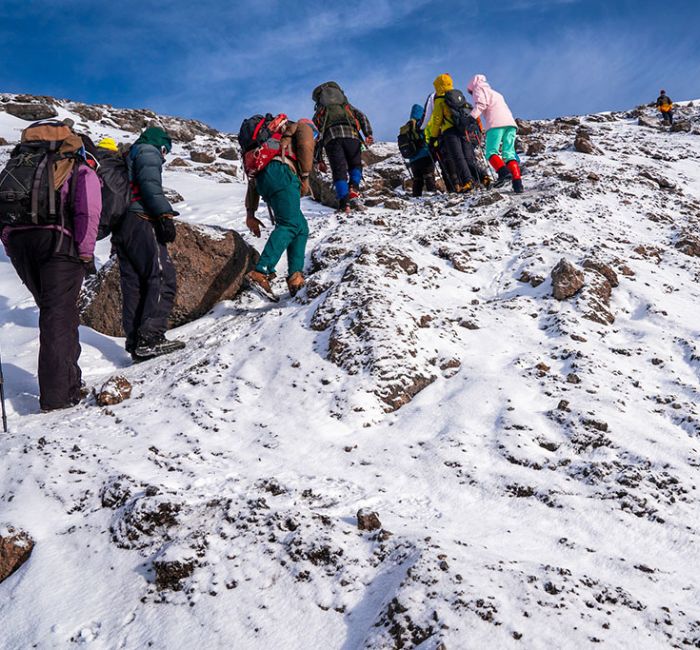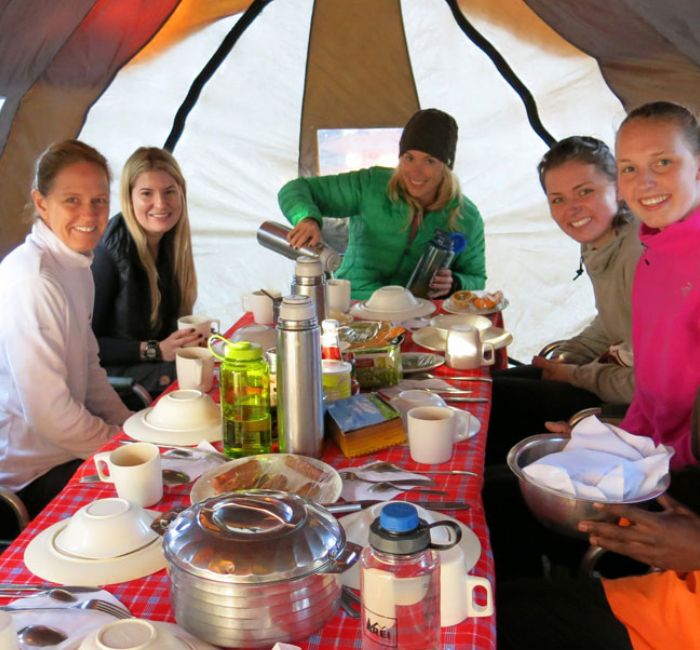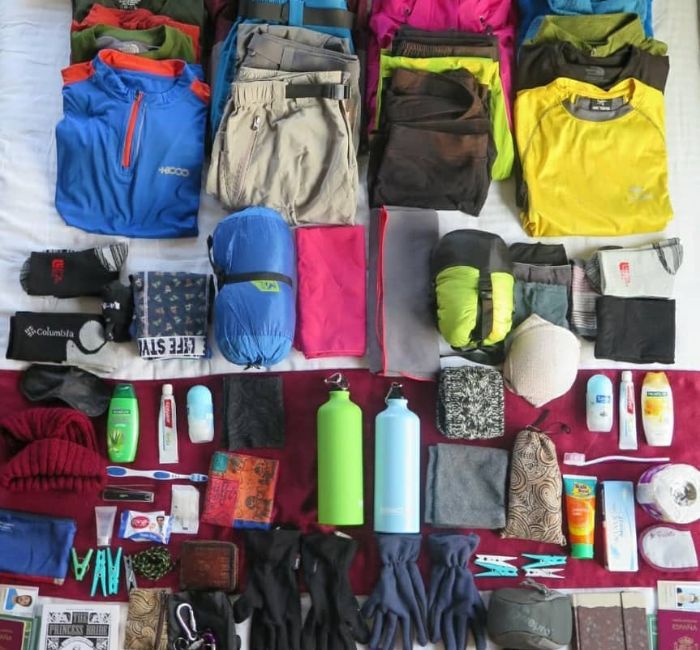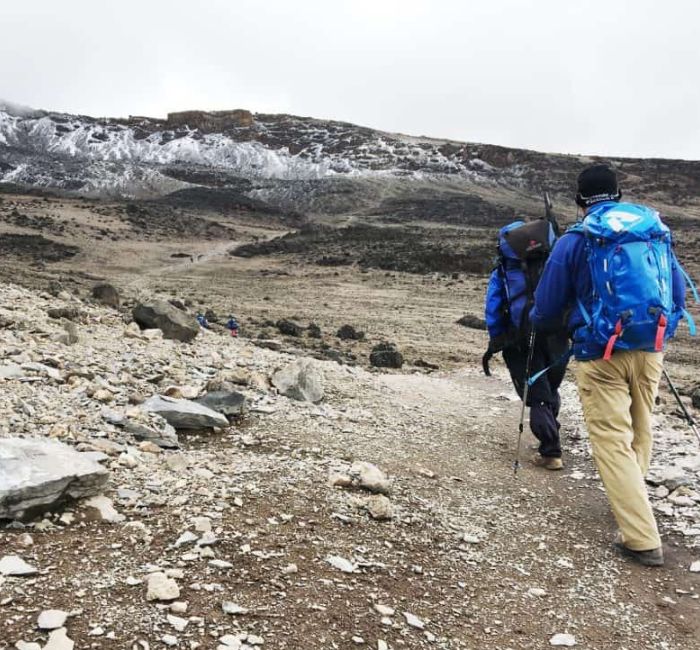Kilimanjaro Climbing Altitude Sickness

Kilimanjaro Climbing Altitude Sickness
Embarking on the journey to conquer Mount Kilimanjaro, the highest free-standing peak in the world at 5,895 meters, is an incredible adventure. However, ensuring your safety during the climb is of utmost importance. Altitude sickness, also known as acute mountain sickness (AMS), can affect climbers at higher elevations. To make your dream ascent a reality and ensure a memorable experience, it is crucial to be aware of the symptoms of altitude sickness, understand how to prevent it, and prioritize your safety with Kilimanjaro Rescue at your side.
Recognizing Altitude Sickness Symptoms:
At high altitudes, the body reacts to the decrease in oxygen molecules, leading to various symptoms. Pay attention to signs such as a mild headache, shortness of breath, drowsiness, severe headaches unresponsive to painkillers, vomiting, exhaustion/weakness, insomnia, excessive sleepiness, clumsiness, faster heartbeat, hallucination, and gradual loss of consciousness. Never ignore these warning signs, as they can escalate quickly.
Preventing Altitude Sickness:
To minimize the risk of altitude sickness and ensure a successful climb, follow these essential tips:
Acclimatization:
Prioritize acclimatization by spending time at higher altitudes before attempting the summit. Climbing Mount Meru, a neighboring peak, can be an excellent way to prepare your body for the challenge and increase your Kilimanjaro Routes Success Rates.
Pace Yourself:
Embrace the Swahili mantra "Pole Pole," meaning "slowly." Take your time, enjoy the breathtaking scenery, and allow your body to adjust gradually to the altitude. Avoid shorter itineraries that hinder proper acclimatization and increase the chances of AMS.
Stay Hydrated:
Hydration is key to combating altitude-related dehydration. Drink more water than you think you need, replenishing your body's fluids and aiding acclimatization. Juices and other fluids can also contribute to your hydration goals.
Nourish and Rest:
Fuel your body with nutritious, energy-rich meals throughout the climb. Despite reduced appetite at higher altitudes, eating properly will replenish your energy levels. Additionally, prioritize quality sleep to support your body's adaptation to the altitude.
Trusted Kilimanjaro Rescue at Your Side:
At Kilimanjaro, your safety is our priority. In the event that altitude sickness becomes severe and symptoms persist, our dedicated Kilimanjaro Rescue team is prepared to spring into action. With the assistance of experienced rangers, we ensure timely emergency evacuations using stretchers, helicopters, or rescue cars, depending on the severity of the situation. Rest assured; you'll be in capable hands.
Ascending Mount Kilimanjaro is an awe-inspiring achievement, but it's vital to prioritize your safety to make the journey memorable for all the right reasons. By recognizing the symptoms of altitude sickness, following preventative measures, and relying on the expert care of Kilimanjaro Rescue, you can mitigate the risks associated with AMS. Prepare yourself physically and mentally, embrace the challenge, and embark on an adventure that will leave you with lifelong memories of triumph and breathtaking beauty. Kilimanjaro awaits conquer the peak with safety and success as your companions.
Gallery
